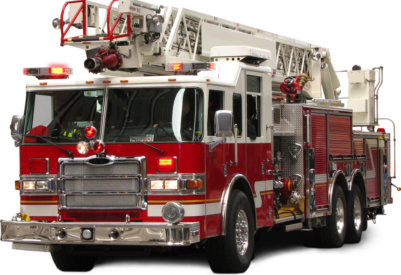
Southwest Tribune Newspaper: Rochester, New York
A report by the Local Initiatives Support Corporation, “Gambling with Homes, or Investing in Communities,” analyzes patterns of housing speculation – defined in the report as investment with the expectation of fast profit growth – in New York City. The report also evaluates the impact of speculative activity on tenant outcomes, including housing maintenance quality and evictions.
The report’s authors find that gentrifying neighborhoods with higher Black populations, higher Latino populations, and lower-income households saw more speculation than higher income, white neighborhoods. Landlords of buildings that sold for the highest price increases or took on additional debt also evicted tenants at higher rates and had more maintenance violations than comparable buildings.
To evaluate the effects of housing speculation on renters, the researchers used databases from the University Neighborhood Housing Program’s (UNHP) Building Indicator Project (BIP).
These databases track sales and debts of multifamily housing in NYC as well as physical and financial distress indicators. The researchers matched this data with Census data and eviction data to determine where sales were occurring and how they affected renters.
Between 2000 and 2018, Queens, Brooklyn, Manhattan, and the Bronx experienced 400% to 600% increases in multifamily property values. Speculative market activity contributes to rising rents, but rising rents also spur speculative market activity, as speculators seek to increase profit by increasing the values of properties. Two types of speculative strategies are used to increase profit.
According to the first strategy, speculators buy housing in desirable markets with the expectation that the value of the housing will increase. According to the second strategy, owners refinance their properties when values rise and take the debt proceeds as payouts, which are then invested in other properties.
The researchers found that between 2003 and 2020, lower-income, Black, and Latino gentrifying neighborhoods saw more speculative sales than whiter, wealthier neighborhoods.
The researchers defined gentrification as referring to neighborhoods with higher college attainment levels and increasing population levels.
The researchers also found that more debt is taken out on properties in neighborhoods with larger Black and Latino populations and higher poverty levels. For example, a census tract with a 40% poverty rate is 30% more likely to experience a “speculative debt event” than a census tract with a 20% poverty rate.
The researchers found that the profits from speculative events rarely benefited existing residents of a neighborhood. Tenant quality of life suffered in buildings that sold for higher values or had higher levels of debt. Such buildings had 2.7 times the number of maintenance violations per unit as comparable buildings.





